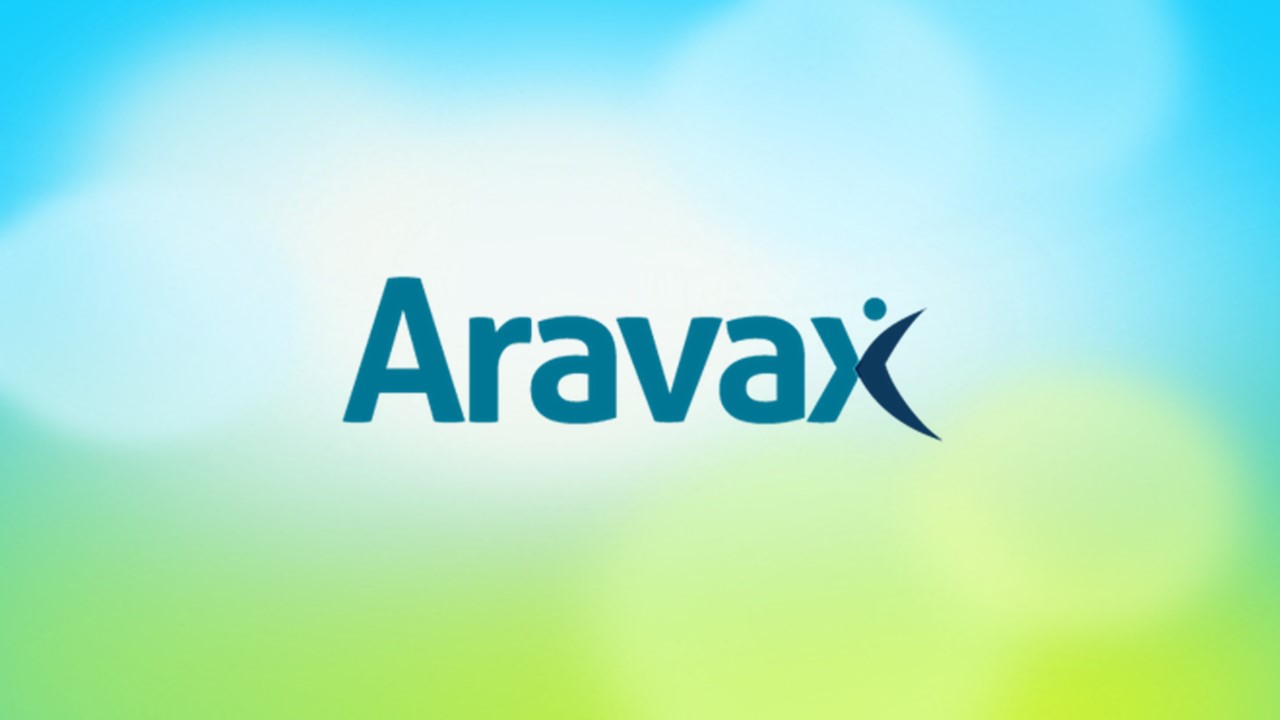One universally accepted truth is that science is based on innovation: the improvement of what we already know. The corollary to this is that for science to progress, what we already know must be made available – hence the famous saying “to rest on the shoulders of giants”, which visualizes scientists making progress based on thinkers and intellectuals who have come before. Scientists in the 17th century realized this, leading to the advent of the first modern academic journal in 1665 – the Journal des sçavans. But the model of academic publishing may have reached the end of its viability, with increasing scrutiny over its monetization models and accessibility.
Sharing Knowledge
The academic journal was a true innovation: through enabling the dissemination of knowledge and research, it enabled readers to be informed. But it further facilitated the process of peer review, whereby others in the field could test and challenge findings through rigorous review processes. The peer review associated with the publishing of an article in a journal has now become a cornerstone of the scientific method – helping to eliminate bias and provide additional checks to novel research. While it can have its limitations, particularly when it comes to extremely novel research areas, few would disagree that the involvement of external reviewers adds to the quality of research. In recent times, that may not simply be pre-publication peer reviewers – but also organizations bioRxiv, where research can be submitted prior to printing for comments. Furthermore, post-publication peer review is increasingly being facilitated online, through media such as PubPeer.
Initially, the publication of research in any journal was the deciding factor in the article being disseminated. The publication of Cell changed all this – the journal prided itself on selectivity and articles which answered big, trendy questions in the ascendant field of Molecular Biology. Other high-profile journals placing equal, and often arbitrary, focus on which articles they accepted soon followed – such as Nature and Science. This has introduced a hierarchy of publishers in science, with even universities making tenures conditional on publications to prestigious journals. Such developments followed a pattern of placing increasing power in science to large publishing groups which held researchers at their mercy, as well as having a captive audience. This is well illustrated in the fact that the top six scientific publishers hold over 46.7% of the market. A study adjusting costs and impact to determine market influence and share found that the top three publishers had over 48% of market influence as well as 55% market share.
The Cost of Sharing
The influence of big-name journals cannot be denied – but that is far from the biggest problem facing publishing today. Many scientists now cite the model of science publishers as indefensible – with commentary pieces on the subject making perennial appearances on mainstream media. It is not difficult to sympathize – publishers of paywalled journals essentially receive content (and peer review services) from scientists for free, and then charge customers eyewatering subscriptions to provide access to it. This does come at the cost of editorial and printing expenses – but with profit margins as high as 40%, higher than businesses such as Apple or Google, the industry is quite lucrative.
The public, and the scientific community, has become increasingly aware of the exorbitant costs for accessing research – and new developments over the last decade have been rapid. Libraries are no longer complacent in paying arbitrary subscription fees. The Cost of Knowledge protests in the 2000s and 2010s showed the increasing discontent of scientists with publishers. Meanwhile, the rise of paper-pirate website Sci-Hub is threatening the publishing industry with its own Napster moment – a move remembered as forcing the music industry to adjust to the internet age. In a high-profile show of protest, the University of California canceled its subscriptions to all Elsevier journals until the latter accepted a less expensive deal with the institution.
New Models
The industry has taken note of these developments, and open-access journals, which do not limit full-text article access with paywalls, have seen accelerated growth. The launch of Plan S by cOAlition S, which includes multiple national consortia and organizations such as the Bill & Melinda Gates Foundations, requires that all research they fund be published in open access publications. This has led to even major publishers starting their own open access journals to accommodate these demands, with about a third of articles published through Nature and Science now being open access. Despite multiple European state funding bodies entering the coalition to back Plan S, American federal funders have refused to do so – insisting that doing so would be violating authors’ rights to choose which journals to publish in.
But costs do not merely evaporate with the open access model. Instead, they are shifted to the submitting scientists in the form of Article Processing Charges (APCs). While these can be reasonably priced for some journals, high-impact publications associated with prestigious publishers often come with exorbitant APCs. For example, Springer Nature charges over $11,390 in APCs for dozens of its open access journals. Many scientists, particularly from middle and low income countries, simply do not have the funding to even attempt to be published in the leading open-access journals. This raises serious questions about the inclusivity of APC-funded open access research.
Collaboration and Innovation for the Future
As the pandemic has shown, the importance of collaboration and accelerated research infrastructures are of critical importance in facilitating flexible, science-based responses to emerging situations. Publishers have a key role to play in this process – yet groups such as Taylor & Francis charge $7,000 for their expedited review process. This makes the fact that nearly two fifths of authors on COVID-19 papers were from the USA, UK, Spain or Italy unsurprising. The free availability of high-quality scientific content is of paramount importance in the information age we live in, with a more health-aware public. Additionally, it can be a significant tool in combating fake news – the proliferation of which is of grave concern to governments and global health organizations across the world.
It is therefore undeniable that open access journals are the way of the future. In an increasingly decentralized world with remote working, many professionals find themselves beyond the cover of institutions that may have previously paid for their access to multitudes of journals. Yet open access has its own issues that must be tackled. cOAlition S has realized this, and is looking to introduce caps to the APCs it will fund while demanding fully transparent cost explanations from publishers. Yet the problem of exorbitant APCs does not merely lie with publishers. As long as we place undue emphasis on who is publishing research, and where that research is published, we empower institutions to charge a king’s ransom for the privilege of having research printed on their journals – the APCs charged are a market response to demand, after all.
Subscribe
to get our
LATEST NEWS
Related Posts

Leadership, Trends & Investments
Aravax Continues International Expansion with Appointment of Aled Williams as Chief Business Officer
Aravax announces the appointment of Alex Williams as Chief Business Officer.

Leadership, Trends & Investments
The Immigrant, The Career-Undecided, and The Supermarket Supervisor-turned-Scientist
Learn more about the 1947, 1988, and 2008 Physiology or Medicine Female Nobel Laureates.













